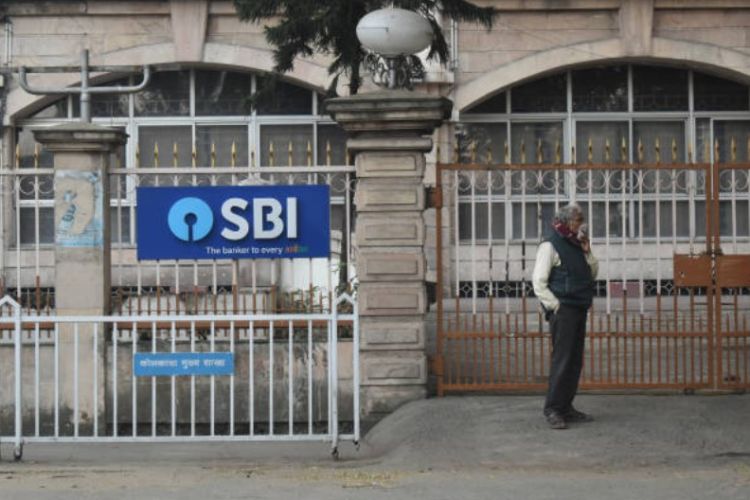For decades, India’s public sector banks lagged behind their private counterparts—hamstrung by legacy issues, bureaucratic inertia, and a lack of innovation. These state-owned institutions, long considered the bedrock of credit for farmers, small businesses, and infrastructure projects, struggled to modernise. Today, that picture is changing. Quietly but surely, PSU banks are undergoing a transformation, reporting record profits and embracing a digital future powered by artificial intelligence.
PSU banks are not just improving service delivery—they are preparing for a future where resilience matters as much as returns. As tensions along the Pakistan border simmer and cyber threats loom large, state-run banks have ramped up preparedness, especially in frontier states. This includes boosting cash reserves and cybersecurity defences. The urgency is not misplaced—branches are witnessing increased cash inflows, necessitating tighter operational control. Meanwhile, AI-driven training modules are being deployed to upskill frontline staff and improve customer experience.
READ | From watchdog to lapdog: How Indian media lost the plot
Profit surge marks a turning point
The financial performance of PSU banks highlights this revival. In FY2024–25, the 12 public sector banks posted a record cumulative profit of Rs 1.78 lakh crore—a 26% increase over the previous year’s Rs 1.41 lakh crore. The State Bank of India, the sector’s flagship, accounted for nearly 40% of the total, with profits rising 16% to Rs 70,901 crore from Rs 61,077 crore in FY24. This sharp improvement in profitability signals not only improved asset quality but also operational efficiency—two metrics that were once PSU banks’ Achilles’ heel.
Just a few years ago, these same banks were grappling with soaring non-performing assets (NPAs), chronic undercapitalisation, and governance failures. That they now stand tall with rising profits and cleaner balance sheets reflects a dramatic turnaround.
From crisis to recovery
This transformation did not happen overnight. By 2018, PSU banks held 86% of the banking sector’s NPAs while commanding 75% of its asset base. Reckless lending, especially to high-profile defaulters like Nirav Modi, and weak due diligence practices had eroded trust. A sluggish economy further worsened repayment capabilities, particularly in capital-intensive sectors like infrastructure and manufacturing.
Compounding the problem was the state’s overreach. Successive governments used PSU banks as instruments of political expediency—subsidising electricity, waiving farm loans, and absorbing the liabilities of loss-making power distribution companies. All this came at the cost of financial health and autonomy.
Meanwhile, private banks surged ahead, aggressively adopting technology—from ATMs and mobile banking to customer relationship management tools. State-run banks, weighed down by outdated IT systems and bureaucratic inertia, lagged far behind, steadily losing urban and affluent customers to their tech-savvy rivals.
A strategic reset: The 4R formula
The tide began to turn with a series of reforms. A strategic 4R framework was adopted to tackle the rot: Recognition of NPAs, Resolution and recovery of stressed assets, Recapitalisation of banks, and Reforms to modernise and make governance more robust. Between FY17 and FY21, the government infused Rs 3.10 lakh crore into PSU banks—a lifeline that prevented defaults and stabilised the sector. This recapitalisation enabled banks to invest in modern infrastructure and digital capabilities, setting the stage for long-term competitiveness.
The reforms didn’t stop there. The government is now considering diluting its stake in five public sector banks to below 75% over the next four years. With NPAs at historic lows and capital adequacy at comfortable levels, the timing is ripe. A calibrated disinvestment will enhance accountability, improve governance, and bring these banks closer to market discipline.
Balancing Reform with Social Mandate
Despite their challenges, public sector banks continue to play a pivotal role in India’s development. They are the primary channel for executing flagship schemes such as the Atal Pension Yojana, Pradhan Mantri Jan Dhan Yojana, and Pradhan Mantri Jeevan Jyoti Bima Yojana. These initiatives, aimed at financial inclusion and social security, have reached tens of millions in underserved regions.
PSU banks maintain nearly 70% of their branch network in rural and semi-urban areas—far beyond the operational footprint of most private lenders. According to the Reserve Bank of India’s Annual Report 2024, this outreach remains critical to delivering banking services to India’s last mile. Strengthening state-run banks, therefore, is not merely an economic imperative—it is also a social and developmental one.
A digital renaissance, not just a fiscal one
Perhaps the most encouraging sign of revival is the digital shift underway within PSBs. Banks are now investing in AI-based customer service, cybersecurity infrastructure, and employee training to better meet evolving consumer expectations. This transformation is helping narrow the tech gap with private players and fintechs.
What was once considered a laggard sector is now showing signs of agility and innovation. If the momentum continues, PSU banks could emerge not just as financially sound institutions, but as digitally empowered ones that uphold their social mandate while competing effectively in a dynamic financial ecosystem.
India’s public sector banks, long derided as bureaucratic and inefficient, are scripting a rare turnaround. From a past marred by bad loans and political interference, they are charting a path toward profitability, innovation, and inclusive growth. The revival of PSBs may well become a cornerstone of India’s ambition to build a modern, resilient, and inclusive banking system.

